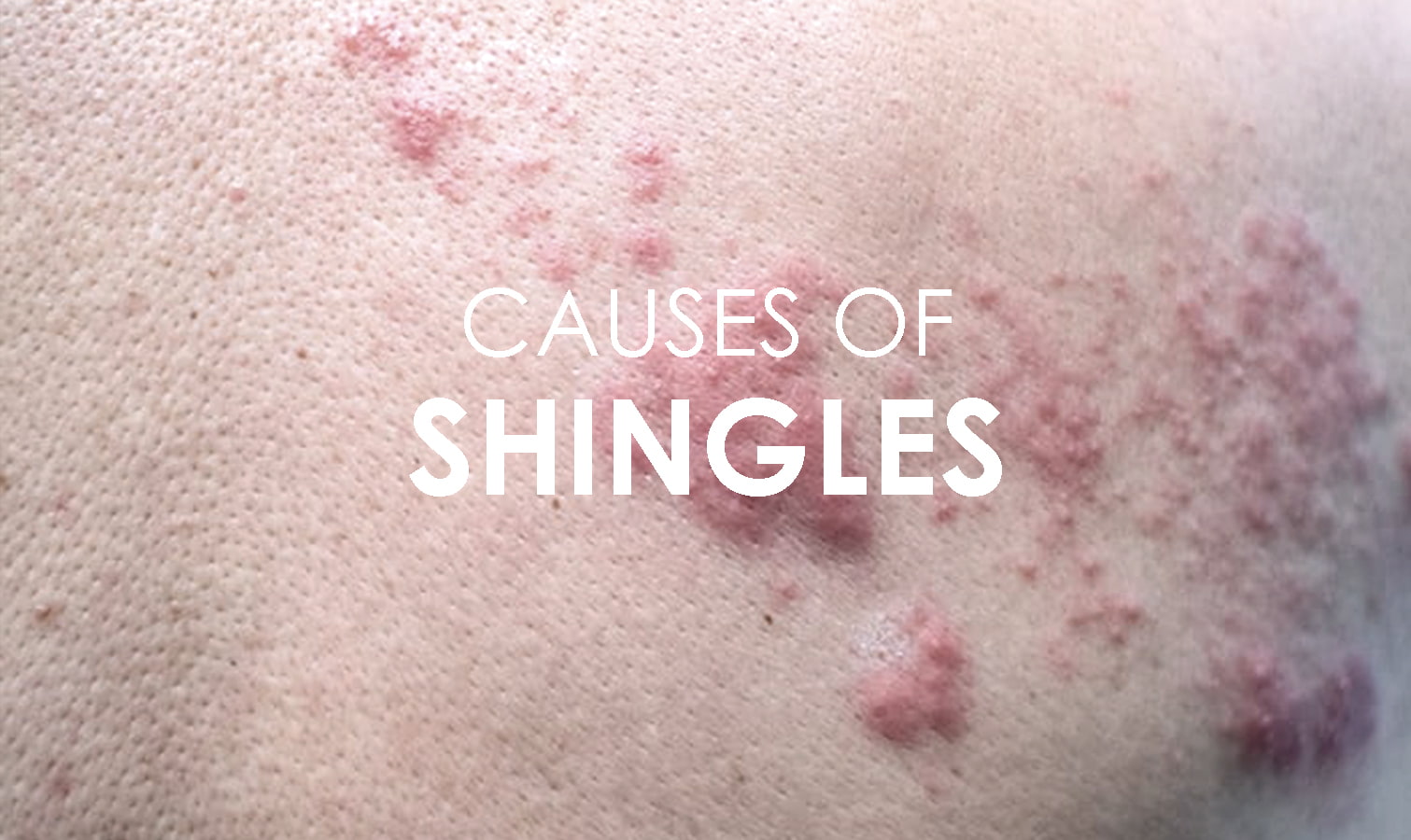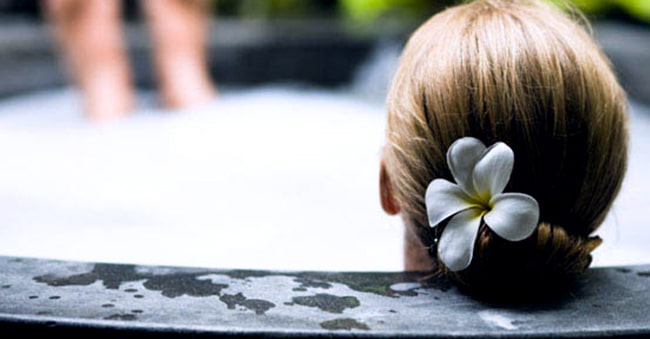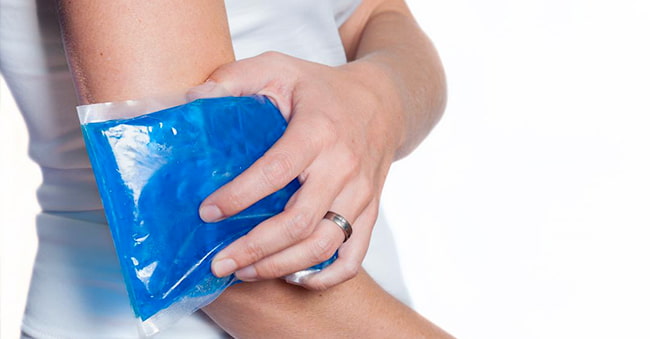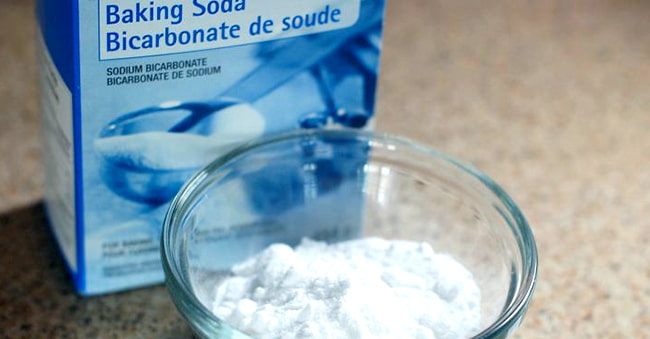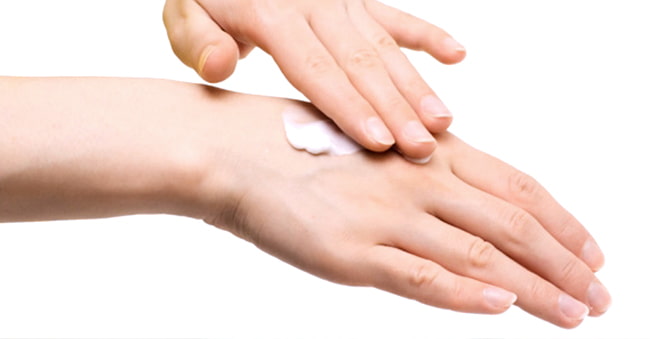Early symptoms of shingles include fever, chills and general weakness like deep pain, burning, itching and tingling sensation. Red rash and patches may form a few days later. During early stages shingles is not contagious to whom that suffered from it and others. Pink or red patches may be noticed on one side of the body along nerve pathways.
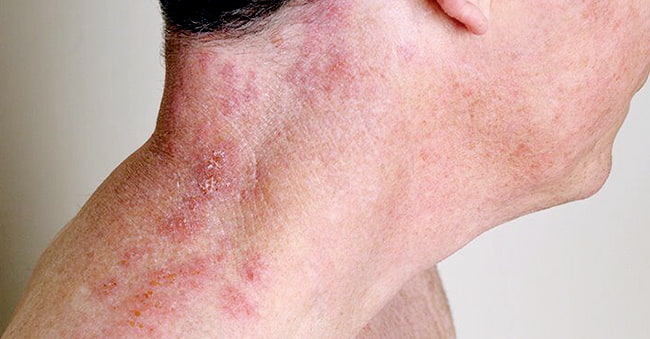
Other symptoms that may appear include:
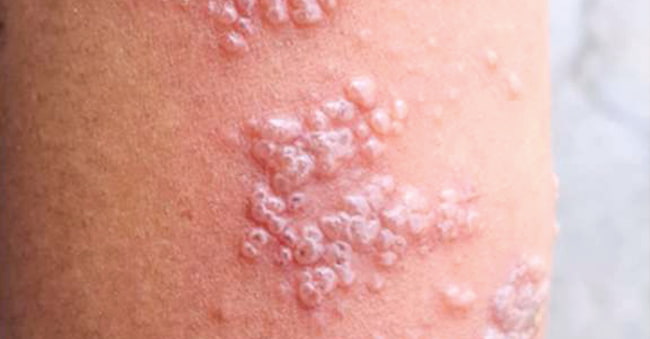
Fluid-filled Blister – Develop from rash which is similar to the blister from chickenpox. It may be accompanied by itchy and continues to develop for several days. However, the blister only appears at the localised area and not spread out over the whole body.
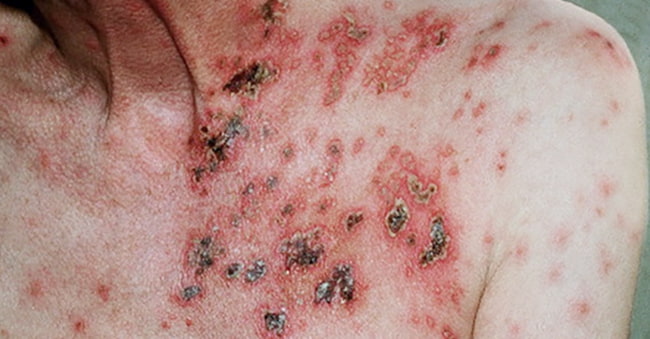
Scabbing and crusting – It starts to develop once the blisters start to flatten and dry out. Each blister will take around one to two weeks to completely crust over. The risk of virus spreading is low once the blister is completely crusted.
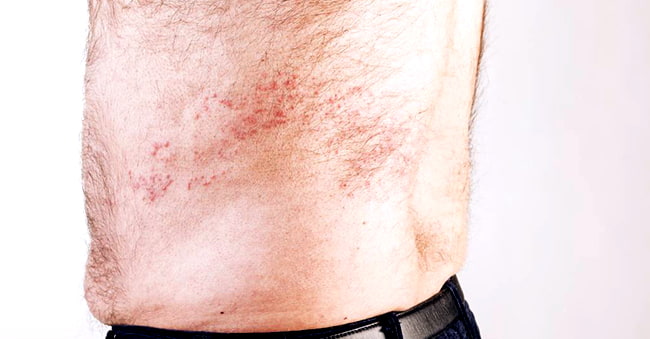
The shingles belt – It appears like belt or half belt formation around the rib cage and waist. It is easily recognised and commonly covers wide area on one side of the midsection.
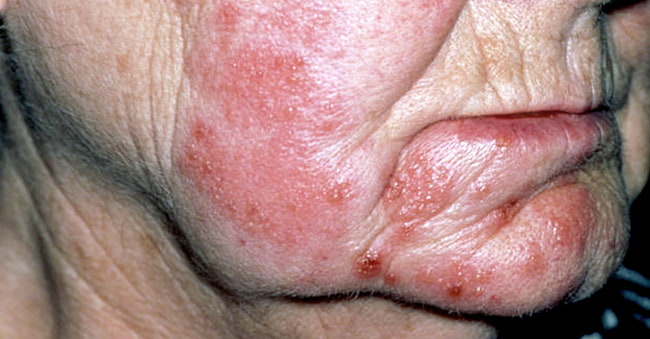
Ophthalmic shingles – It affects the ophthalmic nerve that controls facial sensation and movement in the face. The shingles appear around the eyes, forehead, and nose which usually accompanied by headache. Redness and swelling of the eye, inflammation on the cornea or iris and drooping eyelids will show up as the symptoms. It may also cause temporary and permanent loss of vision.
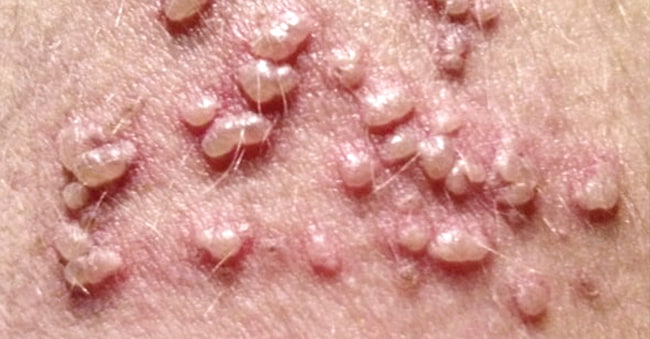
Infection – Bacterial infection may happen from the blister. Proper care by keeping the area clean and avoid scratching may lower the possibility of secondary infection. Proper and early treatment helps in preventing the bacteria from spreading and scarring to happen.
Shingles can’t be passed from one individual to another. But chickenpox virus in children sometimes can spread to someone who has never had chickenpox before. In this situation, the person may get infected from chickenpox, not shingles. An infection may only spread through direct contact with fluid from blisters and not from coughing or sneezing. It is less contagious compared to the chicken pox.








